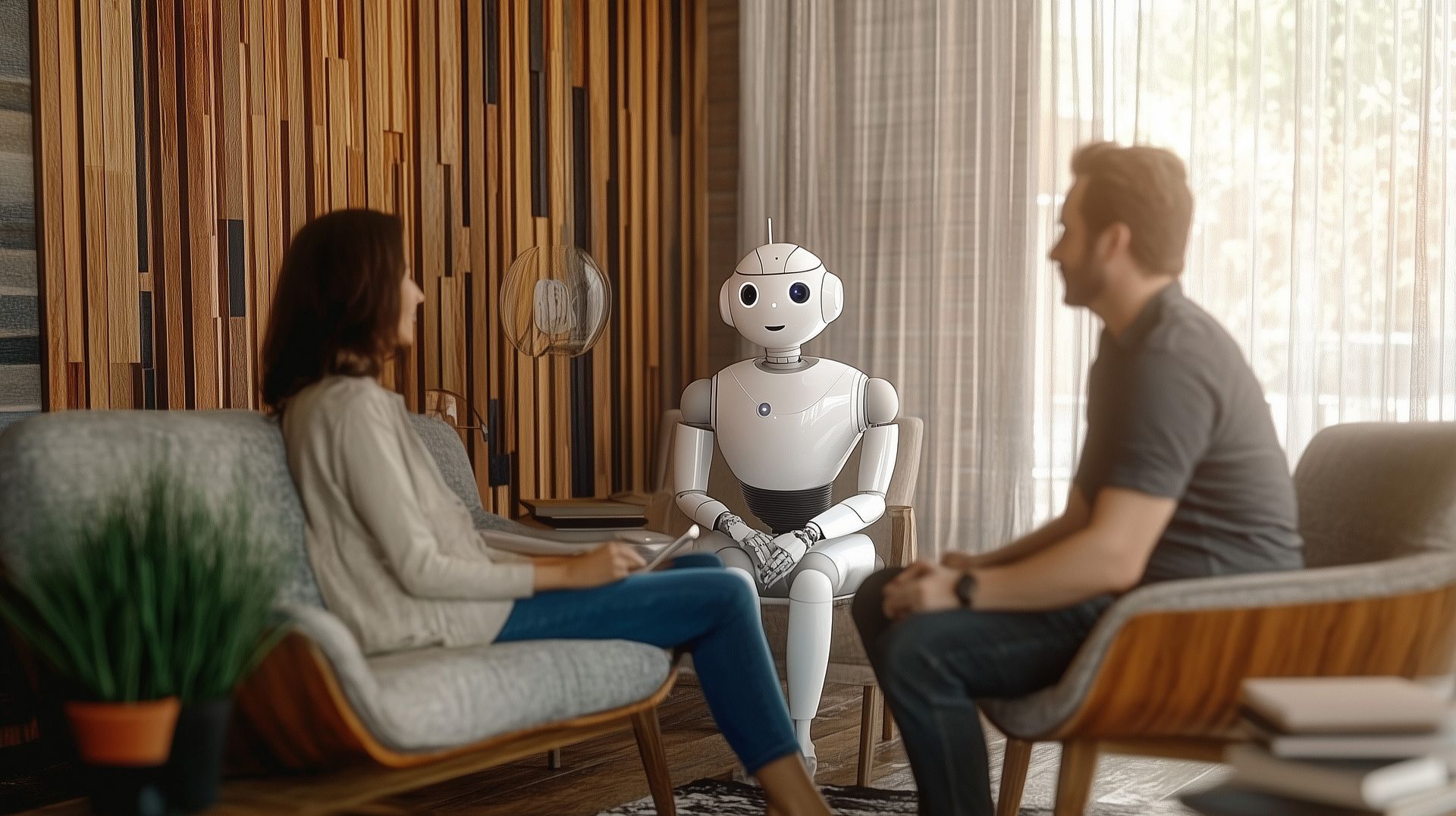The Dichotomy of Design: Minimalism vs. Maximalism
Design, as a visual and functional language, offers abundant approaches to convey messages, evoke emotions, and create memorable experiences. Two prominent design philosophies that often stand at opposing ends of the spectrum are minimalism and maximalism. Both styles have their distinct merits and drawbacks, and understanding the nuances of each can be pivotal in humanizing brands and crafting compelling brand narratives.
Minimalism: The Art of Less is More
Minimalism is characterized by simplicity, clean lines, and a restrained color palette. This approach strips away the superfluous to focus on the essential elements, ensuring clarity and functionality.
Pros of Minimalism
- Clarity and Focus: Minimalist designs are often more straightforward, making it easier for users to understand the core message without distraction. This is especially beneficial for brands aiming to communicate a clear and direct value proposition.
- Timeless Appeal:
Minimalist designs tend to age well, avoiding trends that may quickly become outdated. This longevity is advantageous for brands looking to establish a lasting identity.
- Enhanced Usability: With fewer elements competing for attention, minimalist designs can improve user experience by making interfaces more intuitive and navigation more straightforward.
- Sophistication and Elegance: The refined aesthetics of minimalism can evoke a sense of sophistication and luxury, appealing to audiences who appreciate understated elegance.
Cons of Minimalism
- Perceived Blandness: The simplicity of minimalism can sometimes be mistaken for blandness, especially if not executed with a keen eye for detail and creativity.
- Limited Expression: Minimalism’s constraint on elements can limit the designer’s ability to convey complex or multifaceted brand stories, potentially resulting in a less emotionally engaging experience.
- Risk of Homogeneity: When many brands adopt minimalist aesthetics, there’s a risk of designs becoming homogeneous, making it harder for individual brands to stand out.
Maximalism: The Celebration of Excess
Maximalism, on the other hand, embraces complexity and richness. It’s characterized by bold colors, intricate patterns, and a plethora of visual elements. This approach revels in diversity and abundance, creating vibrant and dynamic designs.
Pros of Maximalism
- Expressive and Engaging: Maximalist designs are often more visually stimulating and can convey a more dynamic and engaging brand story. This is particularly useful for brands wanting to evoke strong emotional responses.
- Distinctiveness:
The bold and eclectic nature of maximalism makes it easier for brands to carve out a unique visual identity that stands out in a crowded market.
- Versatility:
Maximalism allows for a wide range of visual experimentation, accommodating diverse ideas and cultural influences. This versatility can make the brand appear more inclusive and globally minded.
- Rich Storytelling: The abundance of elements in maximalist designs can be used to convey complex narratives and cultural richness, making it ideal for brands with a deep heritage or a multifaceted story.
Cons of Maximalism
- Risk of Overwhelm: The very complexity that defines maximalism can also overwhelm users, making it harder to navigate and digest the information presented.
- Higher Maintenance: Maximalist designs can require more frequent updates and adjustments to stay relevant and engaging, increasing the long-term maintenance efforts.
- Potential Clutter: Without careful curation, maximalist designs can quickly descend into clutter, detracting from the overall user experience and potentially diluting the brand message.
- Visual Variation and Brand Drift: Complex visual systems have a steeper learning curve and risk misapplication by marketing constituents and partners.
Humanizing Brands Through Design
When it comes to humanizing brands, both minimalism and maximalism offer unique pathways. The key is understanding the brand’s core values, target audience, and the emotions you wish to evoke.
Minimalism for Humanizing Brands
Minimalism can humanize a brand by emphasizing authenticity and transparency. The simplicity and clarity inherent in minimalist designs can foster a sense of trust and approachability. Brands that want to appear sincere, focused, and committed to quality over quantity can benefit from a minimalist approach. For instance, a tech company emphasizing user-friendly interfaces and seamless experiences might use minimalism to highlight these qualities.
Maximalism for Humanizing Brands
Maximalism, with its rich storytelling capabilities, can humanize brands by showcasing their personality and cultural depth. This approach is perfect for brands that have vibrant histories, diverse product lines, or a strong cultural connection. By leveraging bold visuals and intricate details, maximalism can make a brand feel more relatable and lively. A brand in the entertainment industry, for example, might use maximalism to convey its dynamic and multifaceted nature, engaging audiences with a visually rich narrative.
Finding the Balance
Ultimately, the choice between minimalism and maximalism should be guided by the brand’s identity and the audience’s preferences. In some cases, a hybrid approach can offer the best of both worlds, combining the clarity of minimalism with the expressive power of maximalism. By thoughtfully integrating elements of both styles, brands can create designs that are both visually appealing and deeply human, resonating with audiences on multiple levels.
In conclusion, both minimalism and maximalism have their distinct advantages and drawbacks. The key lies in understanding the brand’s story, the audience’s expectations, and the context in which the design will be experienced. By carefully considering these factors, brands can choose the approach that best humanizes their narrative and creates a lasting impact.




